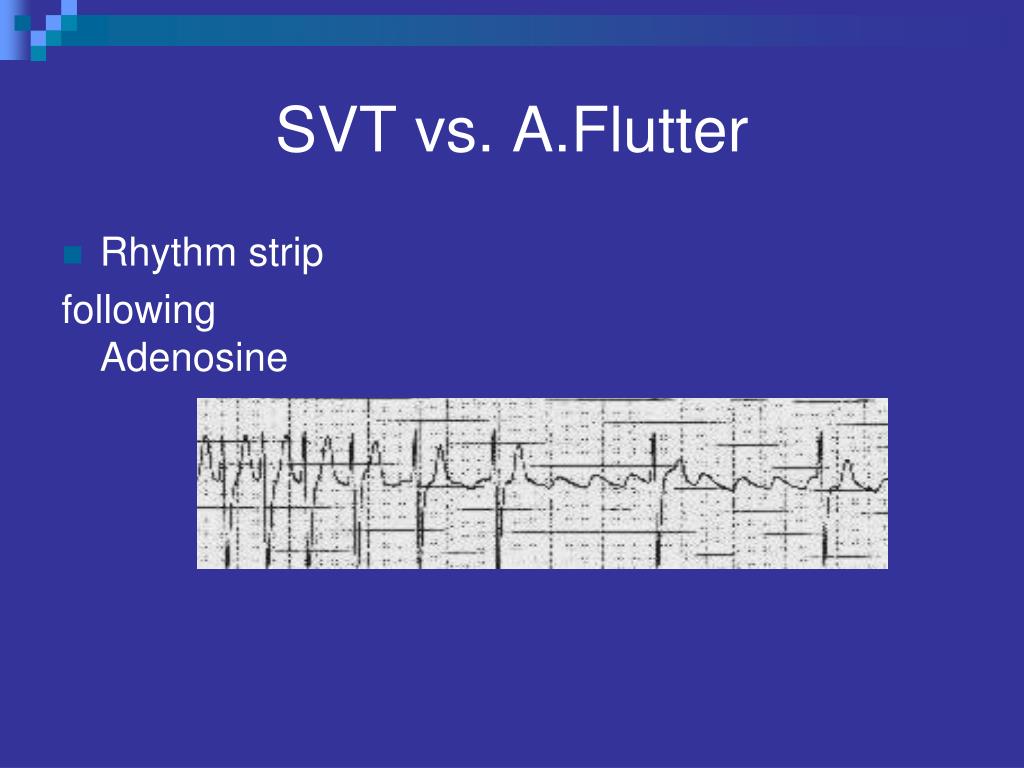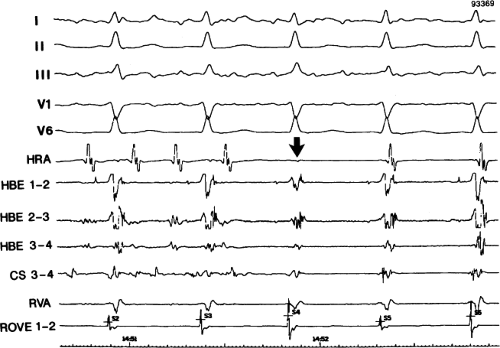
Information for Patients with Implantable Devices.Resynchronizer System (CRT-D and CRT-P).Implantable Subcutaneous Defibrillators (S-ICD).Implantable Cardioverter Defibrillator (ICD).Anesthetic Management of Electrophysiological Procedures.Ablation and Modulation of the Atrio-Ventricular Node.Ventricular Extrasystoles Ablation (PVC).Atrioventricular Nodal Reentrant Tachycardia (AVNRT) Ablation.Atrio-Ventricular Abnormalities (WPW) Ablation.Arrythmological Procedures and Therapies.Informed Consent Visits and Outpatient Diagnostics.Information for remote monitoring of implantable devices.Echocardiography with Provocative Testing.Casa di Cura la Madonnina – Via Quadronno, 29 – Milano.Università Vita e Salute San Raffele Milano.May not respond to DC cardioversion or adenosine. Neonates (then not again until adulthood) Saw tooth flutter waves (often only appreciated with AV block from adenosine)įixed but may appear irregular depending on AV conduction

Up to 500 beats/min in neonates (300 beats/min in children) with variable AV conduction being common Neonates and infants (220 (commonly 250-300 in infants)

Factors that may contribute to tachycardia (eg sepsis, pain, dehydration, anxiety, and fever) should also be considered and addressed when managing a patient presenting with a tachyarrhythmia.Always assume a broad complex tachycardia is due to VT rather than SVT with aberrancy, unless there is clear evidence it is not VT.Onset and offset are abrupt, and p-waves are either not visible or seen after the QRS complexes (See additional notes below for important features when differentiating between different causes of narrow complex tachyarrhythmias) SVT typically has a fixed rate, usually >220 bpm.Other causes: include sinus tachycardia, atrial flutter, ectopic atrial tachycardia and junctional ectopic tachycardia.Adolescents: more commonly caused by atrioventricular nodal re-entry (AVNRT).Younger children: usually caused by atrioventricular re-entry (AVRT), including Wolff-Parkinson White syndrome.SVT is one cause of narrow complex tachycardia.SVT is an abnormally fast heart rate originating from above the ventricles.Vagal manoeuvres should only be attempted in a child who is clinically stable.Greater than a third of new onset SVT occurs in the first few weeks of life, commonly presenting after many hours with signs of heart failure.Most SVT in children is due to a re-entrant mechanism and usually occurs in otherwise normally well children Supraventricular tachycardia (SVT) is common in infancy and childhood.

Resuscitation: Care of the seriously unwell child Recognition of the seriously unwell neonate and young infant Cardiac telemetry Key points


 0 kommentar(er)
0 kommentar(er)
